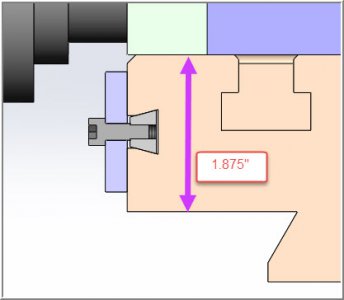I decided to make some better x-direction stops for my milling machine. I like this feature for repetitive positioning or pocket milling. I never cared for those little stock buttons. Seems like if you just kiss the center post gently, they always allow a couple thou movement. And tightening them hard always makes me worry about cracking the dovetail in cast iron.
So... this is my solution. The stops have a lot more contact area to the table edge which is what provides the grip. Three 10-32 bolts might seem like overkill but its pretty quick & they just need to be moderately snugged. The dovetail slider nut is a 15-deg chamfer. I also made it thicker so there is more dovetail contact & thread engagement. I gave it a test drive, backing off & contacting a several time. The DRO shows the exact same number to 0.0005" so I'm happy. Last thing to do is blacken them. Some before & after pics.
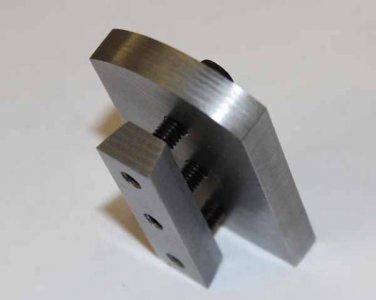
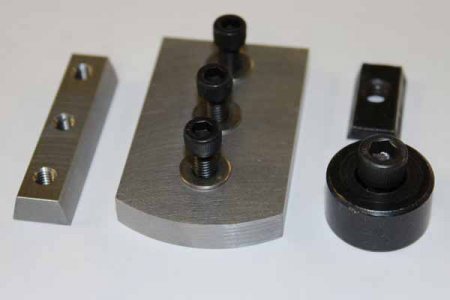
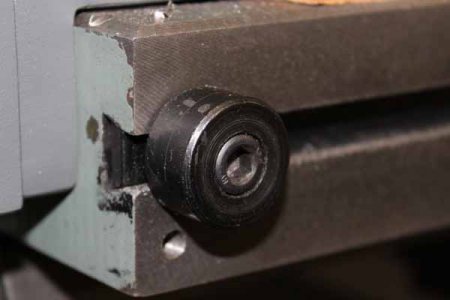
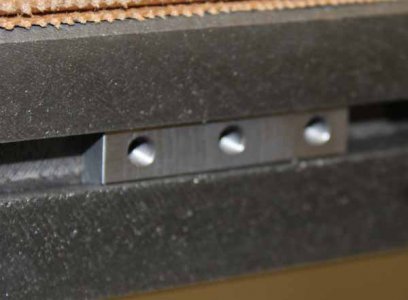
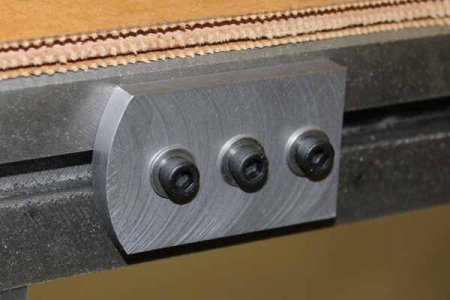
So... this is my solution. The stops have a lot more contact area to the table edge which is what provides the grip. Three 10-32 bolts might seem like overkill but its pretty quick & they just need to be moderately snugged. The dovetail slider nut is a 15-deg chamfer. I also made it thicker so there is more dovetail contact & thread engagement. I gave it a test drive, backing off & contacting a several time. The DRO shows the exact same number to 0.0005" so I'm happy. Last thing to do is blacken them. Some before & after pics.







